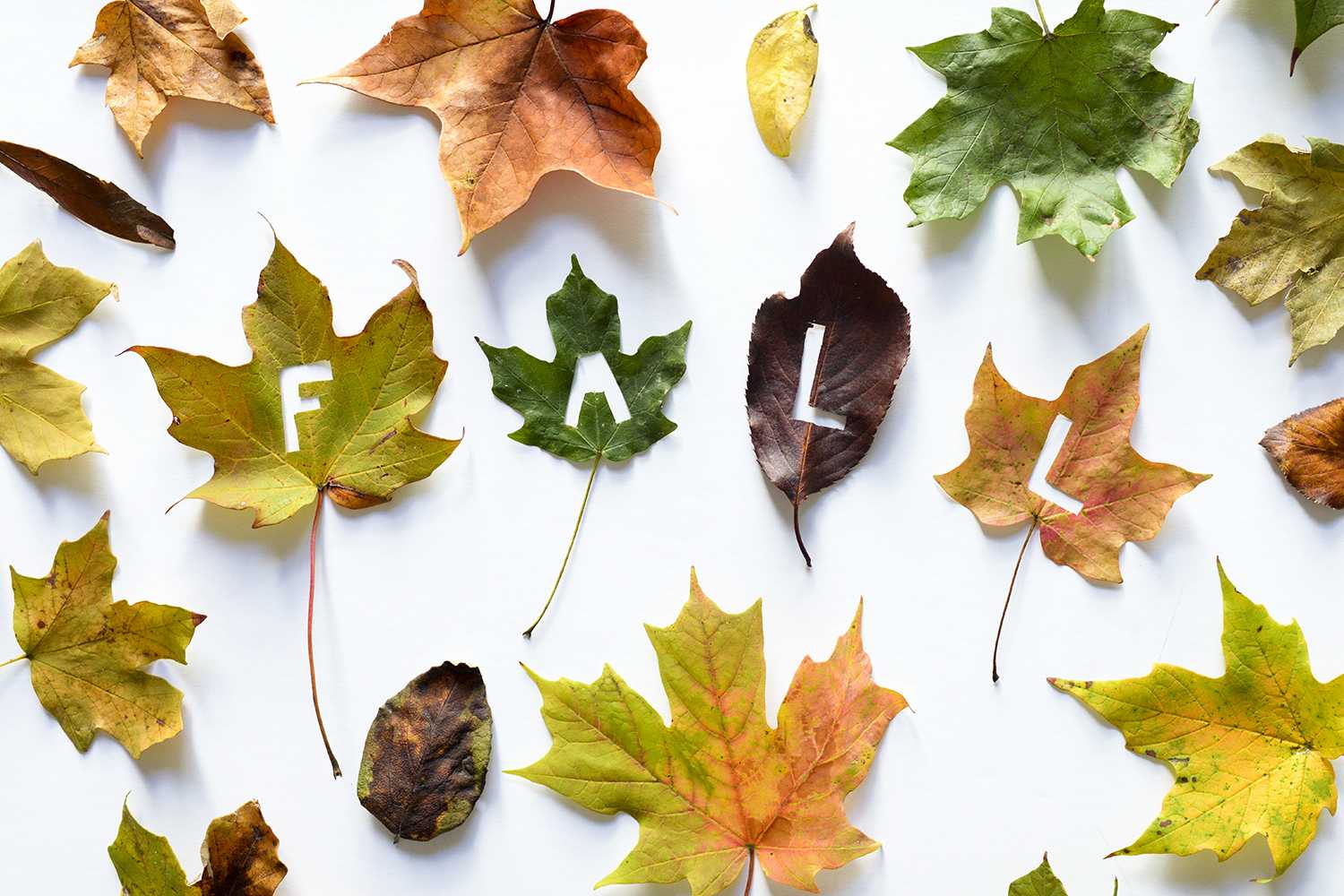Fall brings all sorts of wonderful changes — colder weather, flannel shirts, and pumpkin-spiced everything — but the most incredible and dramatic change takes place in trees. Once a year, tree leaves change their appearance more radically than a middle schooler does when he or she discovers the band Twenty One Pilots.
Varying in colors from yellow, orange, red, brown and purple, autumn leaves paint the entire northern hemisphere every year at the same time. This synchronization of leaves is an incredible feat of nature that many people don’t understand.
Be different. Learn to understand these moody leaves. They’re working hard for your attention.
Reviewing the basics
Seasons come and seasons go because of the Earth’s 23.5-degree axial tilt. As the earth circles the sun, the hemisphere that is tilted towards the sun experiences summer while the hemisphere that is tilted away experiences winter. During fall, light diminishes and temperatures fall, triggering a reaction in trees.
Plants are photosynthesizers, meaning they use light energy to produce carbohydrates as an energy source for growth and development. During photosynthesis, plants use water and carbon dioxide to create glucose and oxygen. Plants release oxygen and store glucose for fuel.
Simply put, plants use light energy to put together their food. Honestly, leaves just hang around and tan all day while feeding themselves, much like the Kardashians, except they don’t Instagram while they do it.
Chlorophyll
A tree’s change in leaf color directly involves photosynthesis because of chlorophyll.
Found in a plant’s chloroplast, chlorophyll is the molecular pigment responsible for a plant’s ability to absorb sunlight. Chlorophyll absorbs blue and red light to power photosynthesis and causes the green color in plants by reflecting green light.
When seasons begin to change and each day brings less light, chlorophyll molecules begin to break down. When chlorophyll breaks down, it reveals secondary accessory pigments. Secondary pigments assist in photosynthesis by absorbing different colors of light than chlorophyll. These pigments reflect the yellows, reds, browns and purples we see during fall.
Different types of secondary pigments are responsible for the different colors in fall leaves. Xanthophylls produce yellows, carotenoids produce oranges and anthocyanins produce reds and purples.
Carotenoid, the orange pigment, is the same pigment that gives a carrot its orange color. Anthocyanin, the red and blue pigment, was found to correlate with the presence of antioxidants (however, like with wild berries, I wouldn’t suggest eating purple or red leaves).
Falling leaves
The breakdown of chlorophyll and the color change of leaves is a sign that the trees are preparing for winter. Tree leaves are valuable photosynthesizing fuel factories during spring and summer, but during fall and winter, cold weather and scarcer water availability make leaves more of a liability.
After chlorophyll breaks down in most seasonal trees, specialized cells form, slowly severing the tissues that hold leaves to trees. Leaves die and then fall to the ground, and then you have to rake them up as you cry because winter is coming.
In some tree species, like oaks, dead leaves don’t get severed. Instead, they stay on the tree until new growth in the spring forces them to fall. These angsty leaves will haunt you all winter and remind you of how great fall was, so you better get out and enjoy it now.
Go take a peek
Fall is fickle. There is no set time period for leaves to change colors and have the brightest pigments on display.
The best weather condition to produce vibrant leaf colors is the cool, clear days that come after rainy or overcast weather. Colors flourish in the time between warm and freezing temperatures.
Once the ground and its water supply start to get cold, the colorful season starts to end. Watch the weather, and don’t waste these coming fall days.


